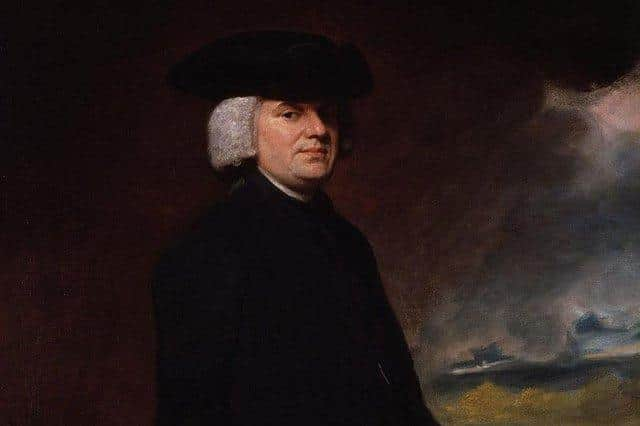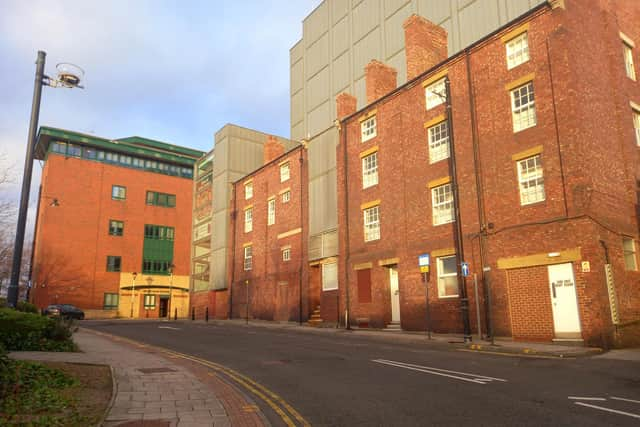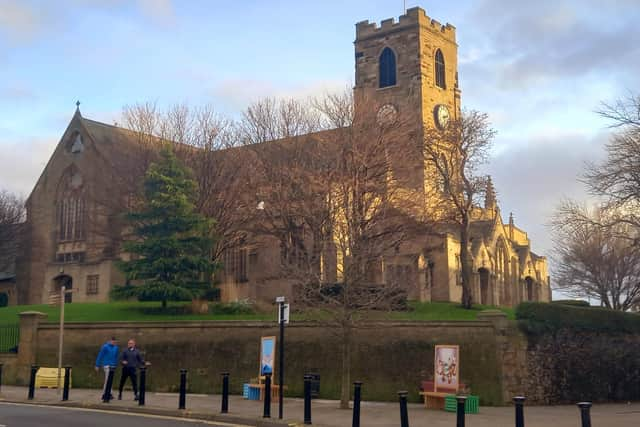William Paley: Sunderland’s great thinker who still creates debate today
and live on Freeview channel 276
But we’ll tell you anyway. It’s called Paley Street, though it doesn’t have a sign, and was named after a man who remains a big noise in the evolution debate. He lived over the road.
William Paley clergyman, philosopher and author was born in Peterborough in 1743. His work still resonates around the world among believers and non-believers alike.
Advertisement
Hide AdAdvertisement
Hide AdThe main reason for this is his final and most important book; Natural Theology or Evidences of the Existence and Attributes of the Deity, written in 1802 when snappy titles were some way in the future.


He was also Rector of Bishopwearmouth, HQ St Michael and All Angels Chrurch, now Sunderland Minster, between 1796 and his death. During this time he produced Natural Theology… that one. Much of it was very probably written in Sunderland.
The book made Paley famous, mainly because of its “watchmaker analogy”. In essence, his contention was that if you were to see a stone on a beach, you would (in 1802) have no real idea how it had been created.
But if you found a watch you would know, even if you had no idea what it was, that it had a designer. Ergo something as complex as, say, the human eye, must have a designer and not just been created by accident.
Advertisement
Hide AdAdvertisement
Hide AdEsteemed 21st century atheists such as Richard Dawkins and Christopher Hitchens, while obviously not agreeing with Paley, do at least afford him respect. He was, after all, trying to demonstrate his beliefs; not just dogmatically repeating them.


Dawkins and Hitchens also had the advantage over Paley of another 200 years of science to boost their intellectual armoury. Paley died four years before Charles Darwin was born.
Darwin was, in fact, a big admirer of the Bishopwearmouth clergyman and heavily influenced by him. Young Charles was thrilled to lodge in the same room Paley had used when he had been a student at King’s College Cambridge 70 years earlier.
However, Darwin went on to rather dismantle Paley’s arguments, asserting there is nothing “accidental” about evolution.
Advertisement
Hide AdAdvertisement
Hide AdYet Paley’s influence and that of the book he wrote in Sunderland is largely undimmed. Proponents of “intelligent design” still refer to it. Dawkins called his 1986 answer to Paley, The Blind Watchmaker; a sort of tribute.


Paley and Darwin’s portraits face each other in the hall of King’s College; adopted Mackem and beardy naturalist glowering at each other for eternity.
You may be forgiven for thinking that a clergyman who could write a book with a title as dry as Natural Theology or Evidences … etc. would be rather joyless. Yet it seems that Paley was quite a jolly bloke, a family man. Not a Puritan.
This was despite the debilitating illness, we’re not exactly sure what, which eventually killed him. He died in 1805 either at his Bishopwearmouth rectory, or in Lincoln depending on what you read. He is buried in Carlisle Cathedral where he had been archdeacon.
Paley was also an early anti-slavery advocate.
Advertisement
Hide AdAdvertisement
Hide AdAs with William Hershel, it seems strange that so little is made of such a towering figure as William Paley having lived in Sunderland. But he assuredly did.
